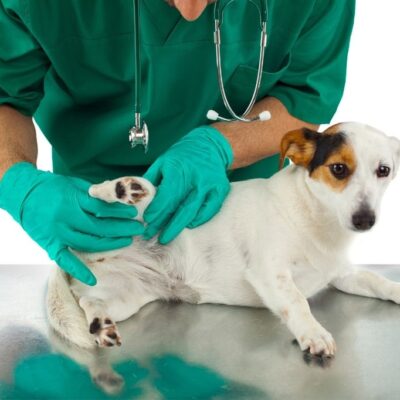QLF (Quadri-Lateral Fabella) surgery is a relatively new surgical procedure that is used to treat cranial cruciate ligament (CCL) tears in dogs. The procedure was developed in the early 2000s by Dr. Thomas J. Murtha, III., a veterinarian and surgeon at the North Andover Haverhill Animal Hospital in Massachusetts. Prior to the development of QLF surgery,…
What is the Cost of QLF Surgery in Dogs?









